category » Medical Electronics
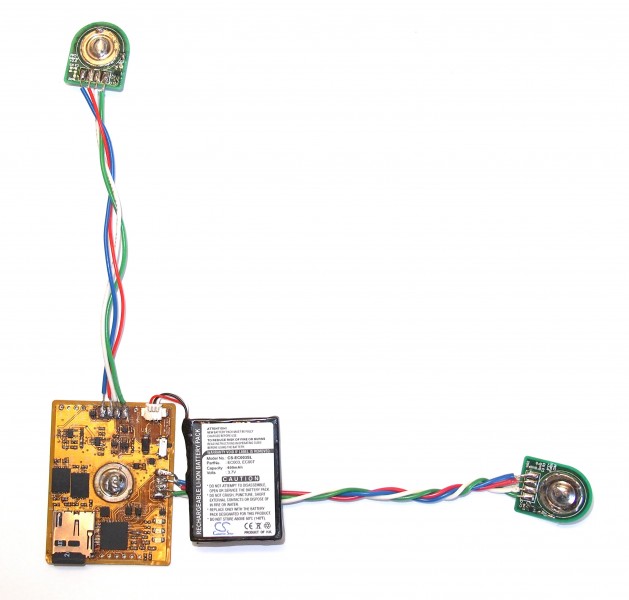
With the escalating costs of hospital visits, clinicians are opting to use at-home monitoring devices to diagnose patients. Current ECG…
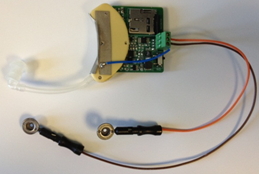
Epilepsy is a common chronic neurological disorder that affects about 1% of the world population [1] . It is characterized…
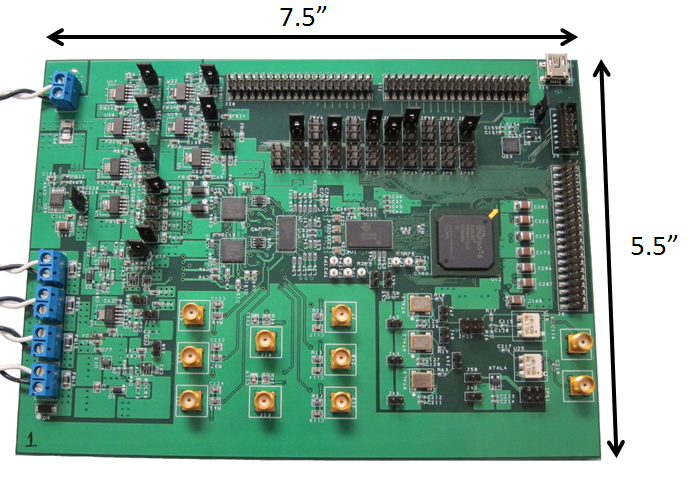
Traumatic brain injury (TBI) occurs in over 1.4 million persons annually in the United States [1] . Monitoring of a…
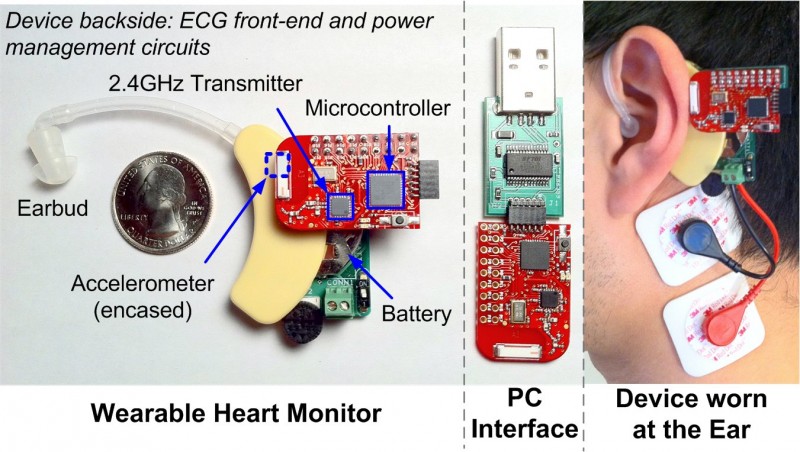
Vital signs such as heart rate, blood pressure, blood oxygenation, cardiac output, and respiratory rate are necessary in determining the…
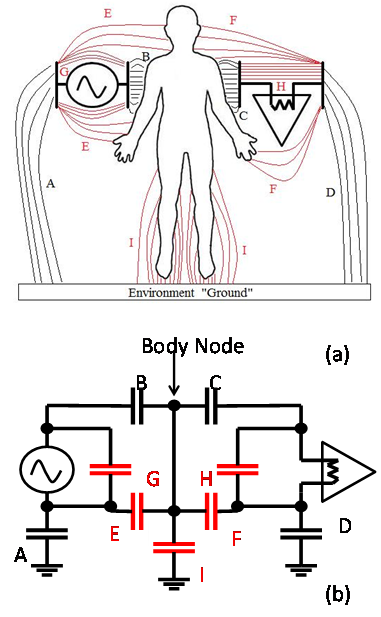
To achieve comfortable form factors for wireless medical devices, battery size, and thus power consumption, must be curtailed. Often the…
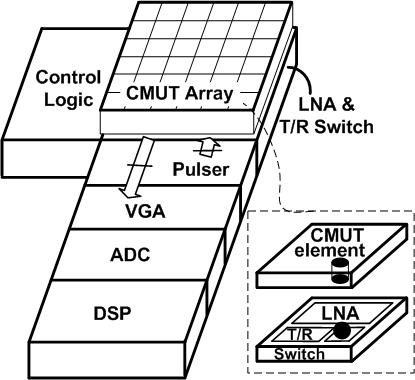
The Capacitive Micromachined Ultrasound Transducer (CMUT) is an alternative to traditional piezoelectric transducers. The CMUT technology provides an opportunity for…
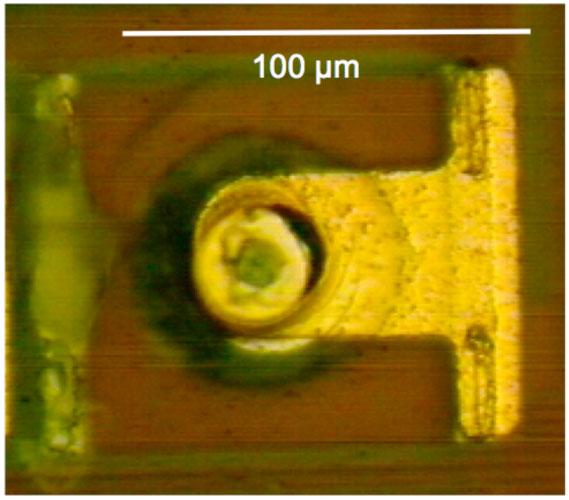
Optoelectronic devices intimately integrated on silicon integrated circuits have long been sought for optical intercon-nect applications, optical communications modules, and–more…

Professor Ed Boyden uses light to precisely control neural activity. His lab has invented safe, effective ways to deliver light-gated…
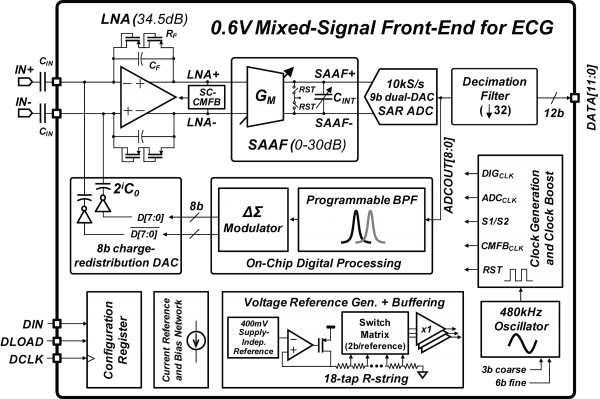
Circuits for wearable vital sign monitors have very stringent requirements on power dissipation due to limited energy storage capacity and…
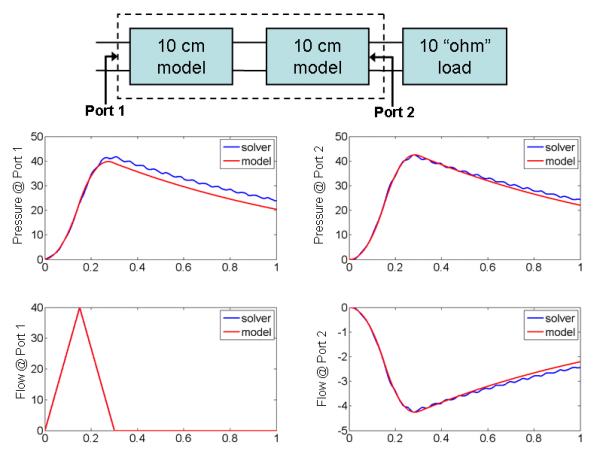
Understanding certain medical conditions requires understanding specific aspects of the arterial blood flow. For instance, diagnosing atherosclerosis requires capturing detailed…
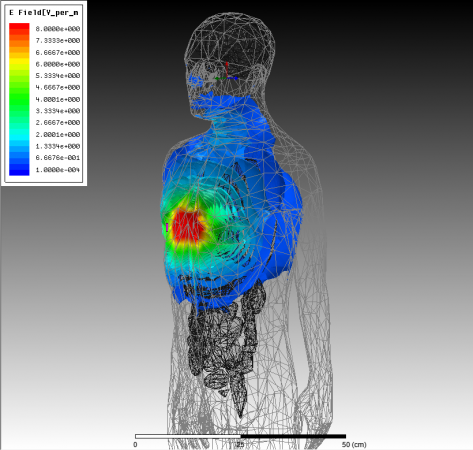
Two recent advances in Magnetic Resonance Imaging (MRI) technology have resulted in a need for sophisticated computational electromagnetics (CEM) tools….
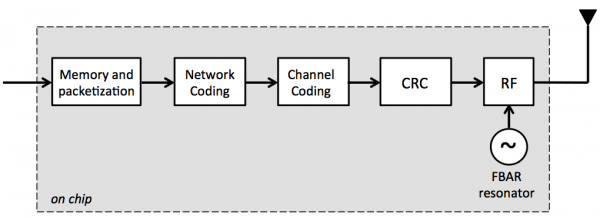
Designing a low-power wireless communication system involves two major milestones: use of very efficient RF architectures, including circuits for power…
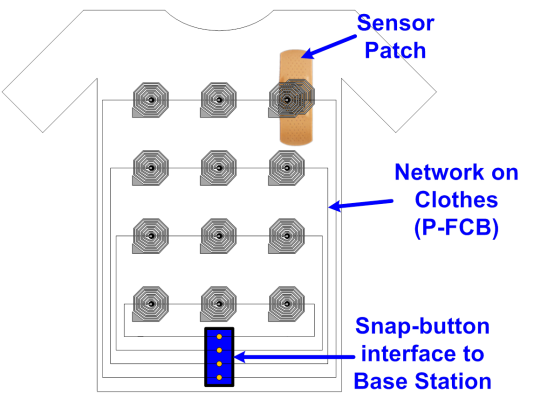
Advancements in low-power electronics have opened up many opportunities to provide healthcare solutions through continuous, unobtrusive sensing of vital physiological…
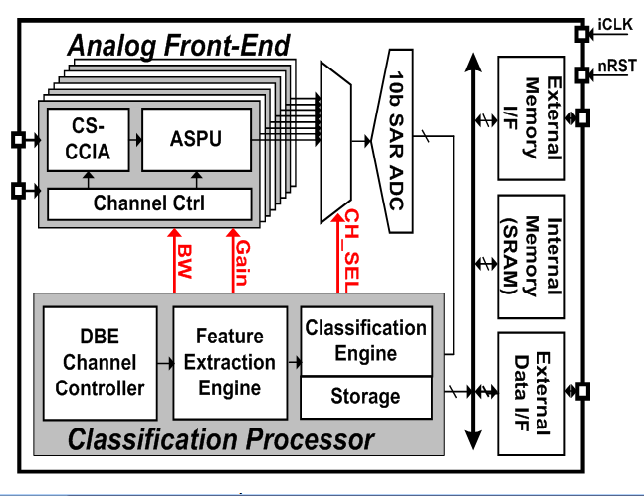
Continuous tracking of neurological disorders is crucial for the proper diagnosis and medication of epilepsy, and it mandates the design…
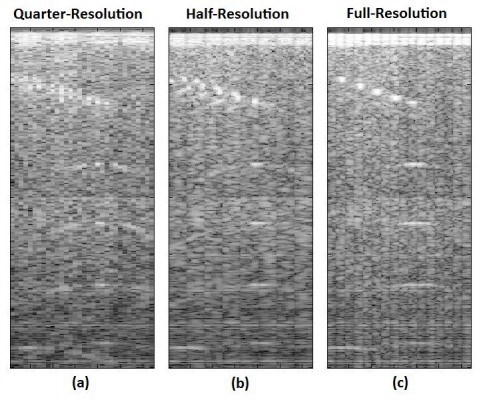
An ultrasound image is formed from a collection of ultrasonic beams transmitted and received by an array of transducer elements. …